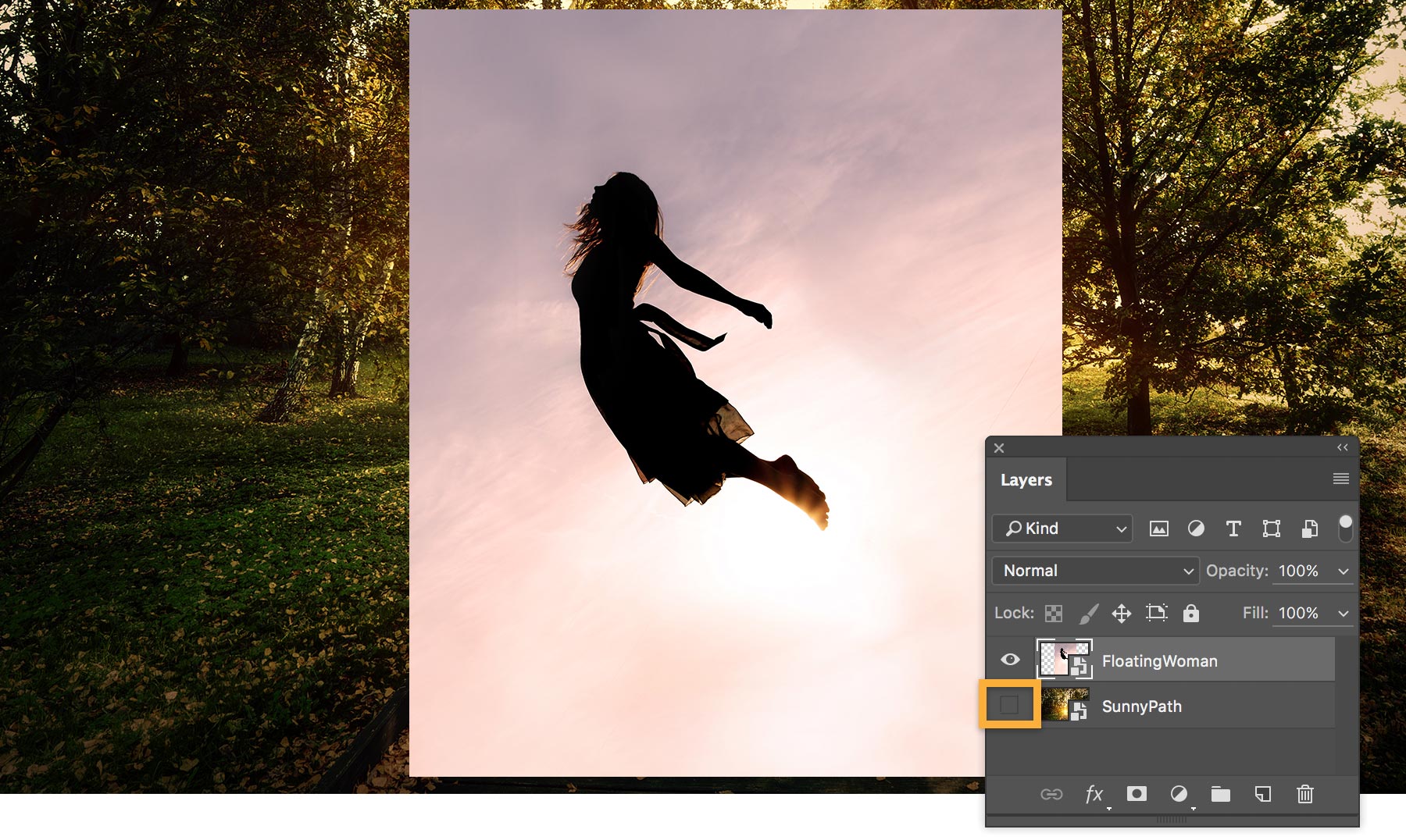

The course would typically be hands-on and include practical exercises and projects that allow students to apply what they have learned and develop a portfolio of work.

Techniques for creating different types of graphics like illustrations, icons, and graphics for social media.Įnhancing the images with the latest features of the software like 3D, motion graphics, and animation. Using filters and effects to add special effects to an image.Įxporting and saving images for print and web use, including how to optimize images for different file formats and resolutions. Using layer styles and blending modes to create unique effects and add depth to an image.Ĭreating vector graphics and text, including how to use the type tool and work with text layers. Retouching and restoring images using tools such as the spot healing brush and the clone stamp tool.Ĭreating composites and collages using multiple images and layers. Using color correction and color adjustment tools to enhance the overall look and feel of an image. Working with layers, masks, and selections to separate and edit different parts of an image.Īdjusting and manipulating images using tools such as the crop, clone, and healing tools. Introduction to the Adobe Photoshop interface and tools, including how to navigate the program and customize the workspace to suit individual needs. A course on Adobe Photoshop would typically cover the following topics:

Outside of these two options, you might also consider Affinity Photo. Simple swipe gestures allow you to control the programs’ editing parameters, which makes editing on the go a breeze. Adobe Photoshop is a powerful image editing and manipulation software used by graphic designers, photographers, and artists to create and edit digital images. Snapseed, made by Google, is a great option for beginners because of its usability.


 0 kommentar(er)
0 kommentar(er)
